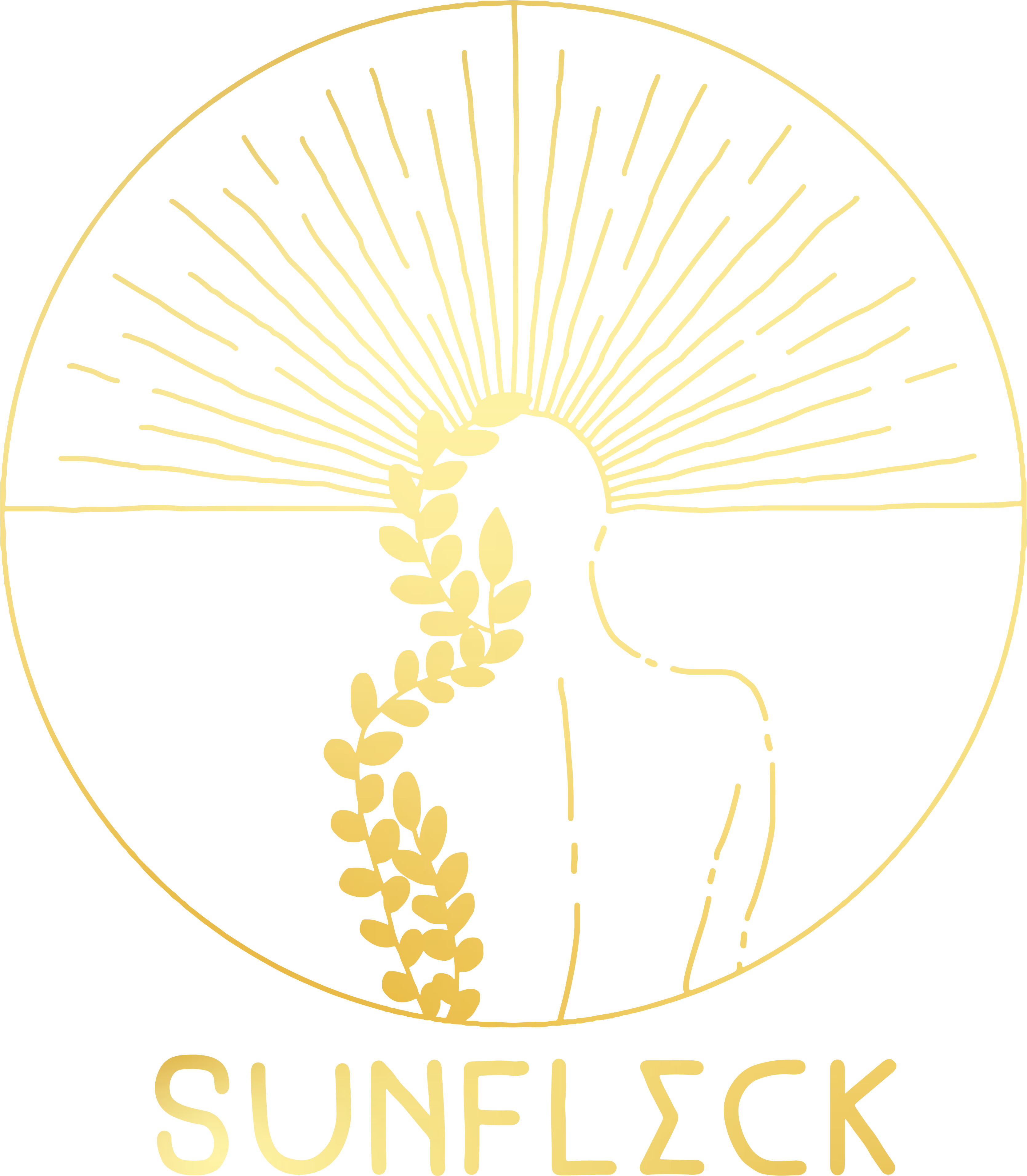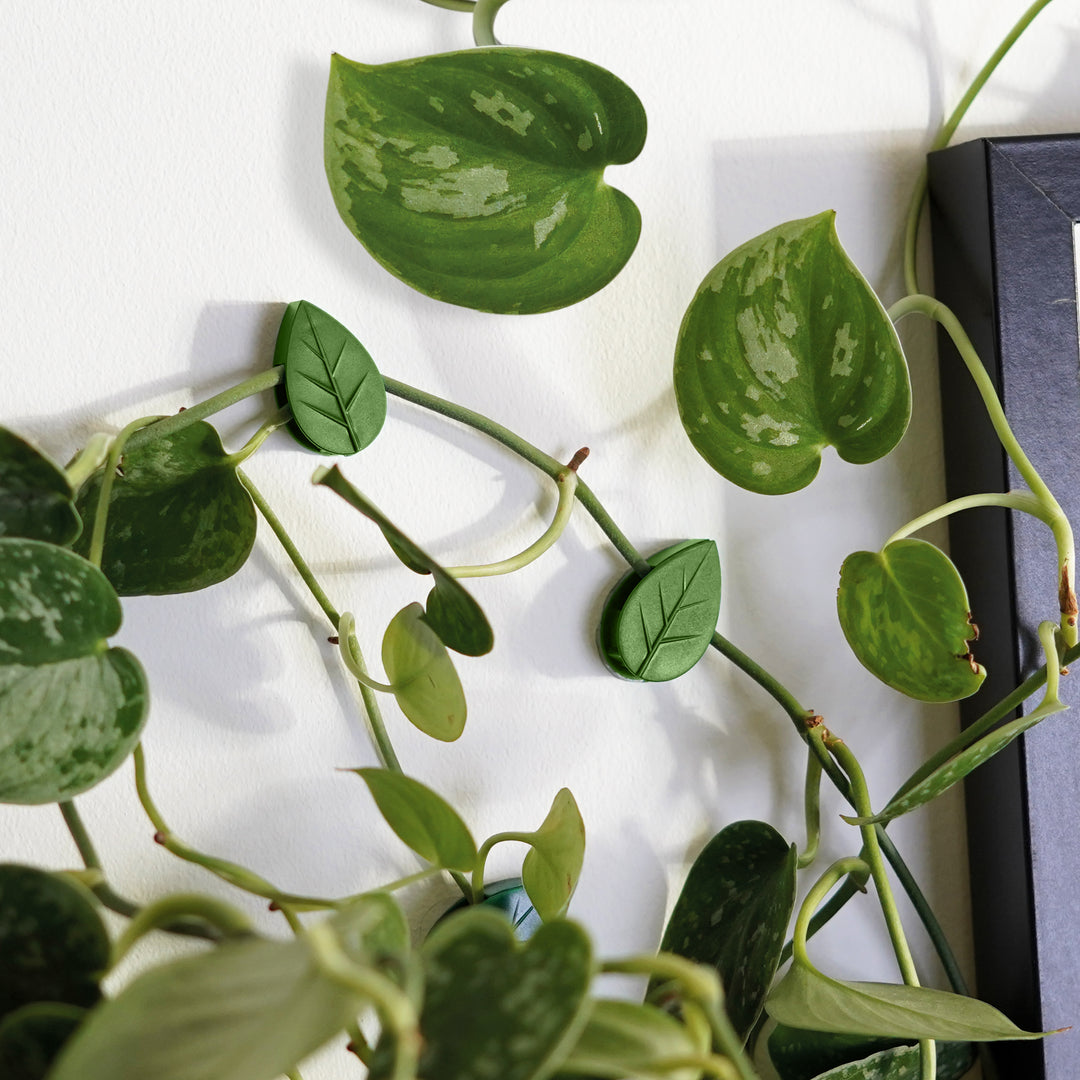Health Benefits of Cacao - Sunfleck
Cacao, often referred to as the 'food of the gods,' is a beloved and versatile plant known for its rich history and numerous applications. This humble bean, originating from the tropical regions of Central and South America, has captured the hearts of people worldwide for centuries. Its popularity transcends borders and cultures, as it is not only a source of delectable indulgence but also a treasure trove of health benefits. Join us as we embark on a journey to explore the fascinating world of cacao, from its historical significance to its modern-day popularity as a sought-after superfood and ingredient in a wide range of culinary delights
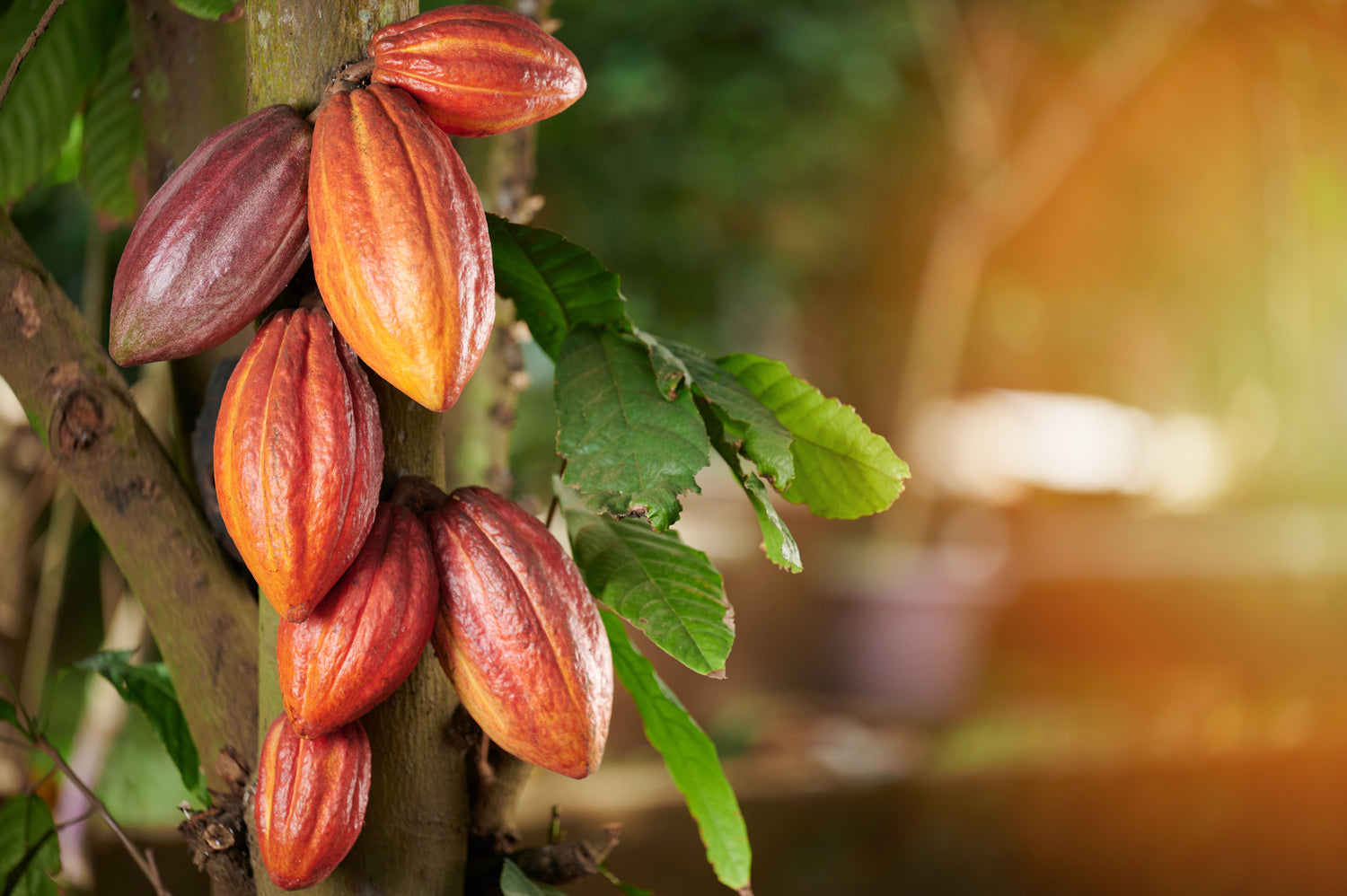
Cacao Info
What is Cacao:
Cacao, often pronounced as "ka-KOW," is the purest
and most unadulterated form of chocolate. It originates from the Theobroma
cacao tree's beans, which are found in the tropical regions of Central and
South America. The cacao bean is the basis for all chocolate products, and it
goes through various processes to produce different chocolate varieties,
including dark chocolate, milk chocolate, and white chocolate.
Origin of Cacao:
Cacao's history can be traced back thousands of years to
ancient civilizations in Mesoamerica, such as the Maya and Aztec cultures.
These indigenous peoples regarded cacao as a sacred and luxurious ingredient.
They used cacao to create a bitter, frothy beverage consumed during religious
ceremonies and as a currency for trade. The word "cacao" itself is
believed to have been derived from the Aztec word "cacahuatl."
Difference Between Cacao and Cocoa:
The key difference between cacao and cocoa lies in the
processing and preparation of the beans. Cacao refers to the beans and products
made from them that have undergone minimal processing. These are often pure and
unroasted, preserving the bean's natural, intense flavors and the potential
health benefits.
On the other hand, cocoa typically refers to cacao beans
that have been roasted at higher temperatures and processed to create cocoa
products, such as cocoa powder and cocoa butter. The heat during roasting can
alter the bean's flavor and reduce some of its nutritional value. Cocoa is
commonly used for making chocolate bars, hot cocoa drinks, and various baked
goods.
Cacao and cocoa are two related but distinct
forms of the same bean. Cacao represents the raw and minimally processed bean,
valued for its rich, unadulterated flavors and potential health benefits, while
cocoa signifies the processed form used in a wide array of chocolate products
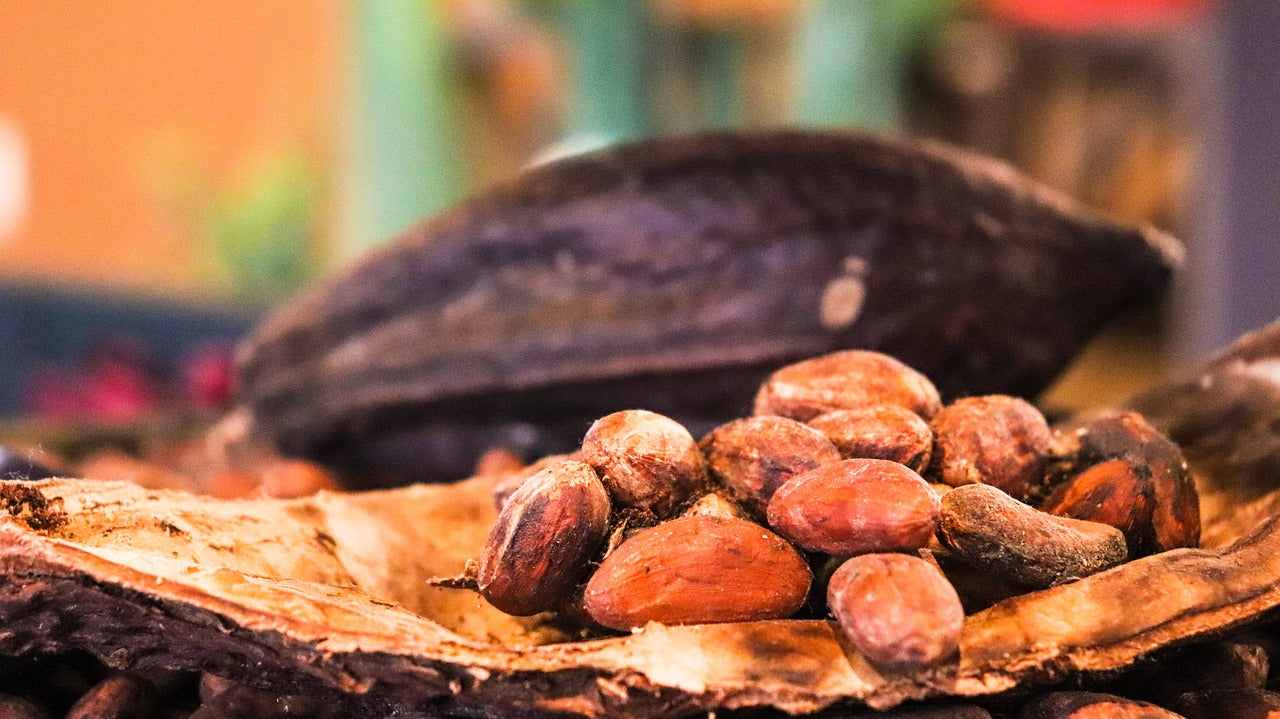
Cacao is a nutritional powerhouse
Cacao is a nutritional powerhouse, rich in various vitamins, minerals, and antioxidants. Here's a detailed breakdown of its nutritional content:
Vitamins:
- Vitamin C: Cacao contains a moderate amount of vitamin C, which is essential for the growth, development, and repair of all body tissues. It also acts as an antioxidant, helping to protect the body from free radical damage.
- Vitamin A: Cacao provides some vitamin A, important for maintaining healthy vision, skin, and the immune system.
-
Minerals
- Magnesium: Cacao is one of the best dietary sources of magnesium. Magnesium is crucial for muscle and nerve function, bone health, and maintaining a regular heartbeat.
- Iron: Cacao contains iron, which is essential for transporting oxygen in the blood and preventing anemia.
- Copper: Copper is necessary for the formation of red blood cells and collagen production, and cacao provides a significant amount.
- Zinc: Cacao also contains zinc, which supports the immune system, wound healing, and the synthesis of DNA.
- Selenium: While present in smaller amounts, selenium is an important antioxidant mineral found in cacao.
-
Antioxidants
- Flavonoids: Cacao is rich in flavonoids, particularly flavanols, which have powerful antioxidant properties. Flavonoids can help protect cells from oxidative damage and reduce the risk of chronic diseases.
- Epicatechin: Epicatechin is a specific type of flavonoid found in cacao that has been associated with various health benefits, including improved heart health.
- Theobromine: Although not an antioxidant, theobromine is a compound in cacao that has stimulant properties and may offer some health advantages, such as promoting cardiovascular health.
- Polyphenols: Cacao is a good source of polyphenols, which can have anti-inflammatory and antioxidant effects, contributing to overall health.
-
Other Nutrients
- Fiber: Cacao is a good source of dietary fiber, which supports digestive health and helps maintain a feeling of fullness. none of our suppliers Nibbed, got their bean tested and it has 30g per 100g which is a
lot, making it a good PREbiotic - Healthy Fats: Cacao contains healthy monounsaturated fats, which can benefit heart health.
It's important to note that the nutritional content of cacao can vary depending on the type and processing of the cacao product. Dark chocolate with a high cacao content will have more of these nutrients compared to milk chocolate or highly processed cocoa products. When incorporating cacao into your diet, choose high-quality, minimally processed cacao products to maximize the nutritional benefits.
- Fiber: Cacao is a good source of dietary fiber, which supports digestive health and helps maintain a feeling of fullness. none of our suppliers Nibbed, got their bean tested and it has 30g per 100g which is a
Cacao Products
-
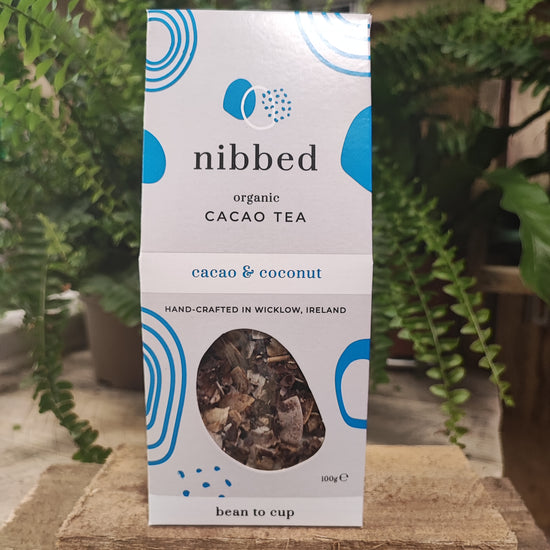
Cacao Tea
See Product -
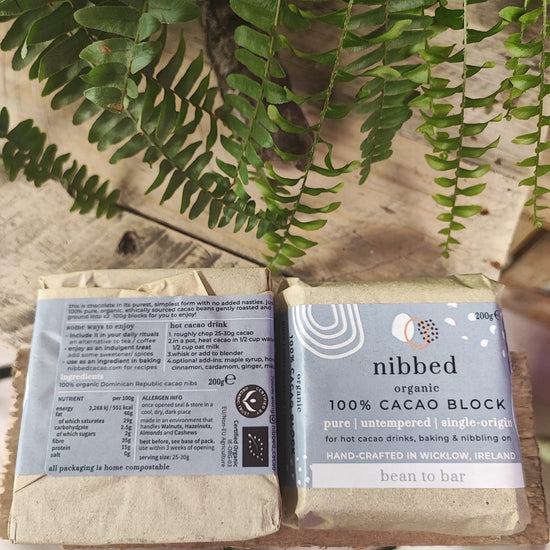
Cacao Block
See Product -
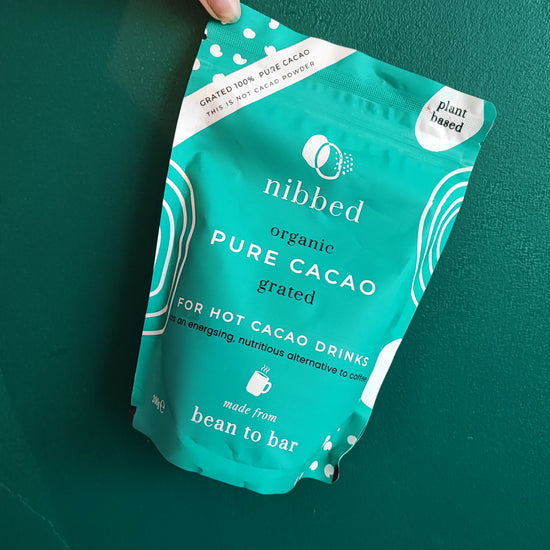
Cacao Grated Bag
See Product
Health Benefits
1. Improved Heart Health:
Cacao is renowned for its potential to support heart health. This benefit is largely attributed to its rich content of flavonoids, particularly flavanols, which have been associated with several positive effects on cardiovascular well-being. Here are some key points:
- Blood Pressure Regulation: Flavanols in cacao may help relax blood vessels, leading to improved blood flow and a potential reduction in blood pressure. This effect can contribute to a lower risk of hypertension and related heart conditions.
- Cholesterol Management: Some studies suggest that cacao consumption may lead to a decrease in "bad" LDL cholesterol levels, thus reducing the risk of atherosclerosis and coronary heart disease.
- Reduced Inflammation: Cacao's anti-inflammatory properties can benefit heart health by minimizing the inflammatory processes associated with cardiovascular issues.
2. Mood Enhancement:
Cacao is not only a treat for the taste buds but can also be a mood booster. Its ability to enhance mood is linked to several of its compounds. Here's what you need to know:
- Endorphin Release: Cacao contains substances like phenylethylamine (PEA) and anandamide, which are known to stimulate the release of endorphins in the brain. Endorphins are natural mood lifters, often referred to as "feel-good" hormones.
- Serotonin Production: Tryptophan, an amino acid present in cacao, plays a role in serotonin production. Serotonin is a neurotransmitter associated with feelings of well-being and happiness.
- Stress Reduction: Cacao's soothing and comforting qualities can help alleviate stress and anxiety, making it a delightful treat for relaxation.
3. Antioxidant Properties:
Cacao is a potent source of antioxidants, offering protection against oxidative stress and a range of health benefits. Here's a closer look at its antioxidant properties:
- Free Radical Defense: The flavonoids and polyphenols in cacao act as powerful antioxidants that combat free radicals in the body. Free radicals are unstable molecules linked to various chronic diseases and aging.
- Cellular Protection: Antioxidants in cacao help shield cells from damage caused by free radicals, potentially reducing the risk of chronic conditions, including cancer and heart disease.
- Skin Health: Antioxidants promote healthy skin by protecting it from UV damage and premature aging. Some skincare products also include cacao due to its beneficial effects on skin health.
These health benefits make cacao a fascinating and versatile ingredient with numerous advantages, whether you're enjoying it in a delicious dark chocolate bar or incorporating it into your diet through other creative means.
Simple Recipe
Cacao Banana Smoothie
Ingredients:
2 ripe bananas
2 tablespoons cacao powder
1 cup milk (dairy or dairy-free)
1/2 cup plain yogurt
1-2 tablespoons honey or maple syrup (adjust to taste)
1/2 teaspoon vanilla extract
Ice cubes (optional)
Instructions:
- Peel the ripe bananas and place them in a blender.
- Add the cacao powder, milk, plain yogurt, honey or maple syrup (adjust the sweetness to your preference), and vanilla extract to the blender.
- If you like your smoothie cold and extra creamy, you can also add a handful of ice cubes.
- Blend all the ingredients together until smooth and creamy. You may need to stop and scrape down the sides of the blender to ensure everything is well mixed.
- Taste the smoothie and adjust the sweetness if needed by adding more honey or maple syrup.
- Once you're satisfied with the taste and consistency, blend it one more time to make sure everything is well combined.
- Pour the cacao banana smoothie into glasses and serve immediately. You can garnish it with a sprinkle of cacao powder, a banana slice, or some chocolate shavings if you like.
Enjoy your homemade Cacao Banana Smoothie! It's a delightful and nutritious treat that combines the rich flavors of cacao with the natural sweetness of ripe bananas.
